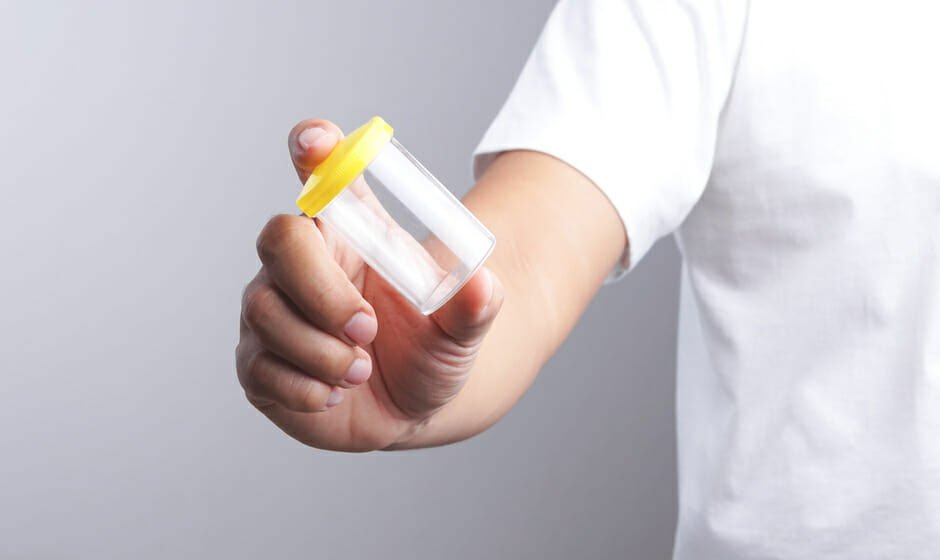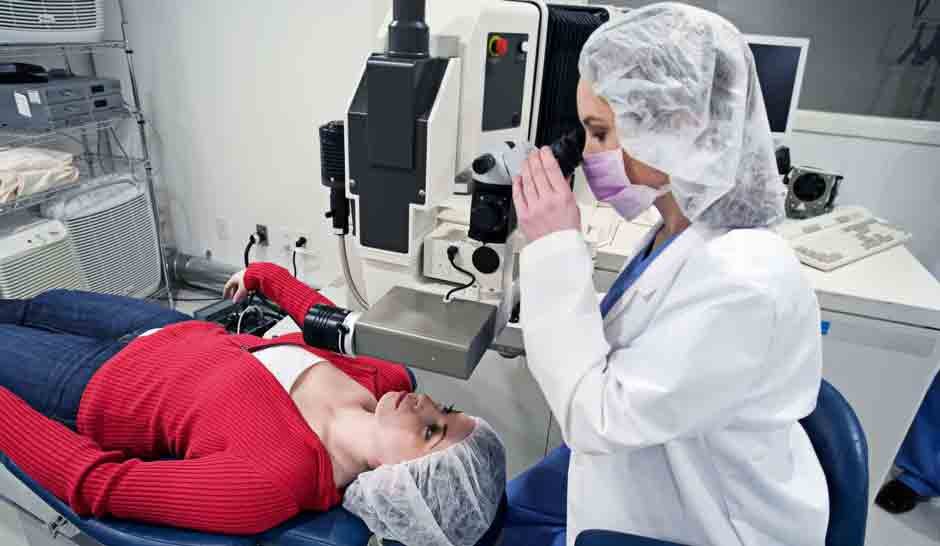Demystifying Pre-Employment Drug Screening: Policies and Practices Explained

Introduction: Understanding the When and Why of Company Drug Testing
Pre-employment drug screening has become an integral part of the hiring process for many companies. It is designed to ensure workplace safety and compliance with legal regulations and foster a productive work environment. Understanding when and why companies conduct these tests helps to appreciate their importance in maintaining a high standard of workplace integrity and safety. These screenings are not just about compliance; they are a proactive approach to prevent substance abuse-related problems that can affect productivity and safety at work.
The rationale behind drug testing also extends to maintaining the company’s reputation and upholding certain industry standards. Companies must often conduct drug screenings to comply with federal or state regulations, especially in industries where employee alertness and safety are paramount. Understanding these facets helps businesses implement effective pre employment drug screening policies that align with their operational needs and legal obligations.
Mandatory Drug Testing
Mandatory drug testing is often a requirement in industries where safety is a critical concern, such as transportation, healthcare, and construction. In these sectors, the use of drugs can severely impair an employee’s ability to perform their duties safely and effectively. Mandatory testing ensures that all employees meet the same safety standards and are fit for their roles.
In addition to safety-sensitive industries, mandatory drug testing can also be a part of company policy as a measure to maintain a drug-free workplace. This is particularly important for companies seeking to foster a productive and safe working environment. Companies can demonstrate their commitment to employee well-being and workplace safety by implementing mandatory drug tests.
Navigating the Legal Landscape: Drug Testing Regulations and Laws
Navigating the legal landscape of drug testing is crucial for companies to comply with state and federal laws. Drug testing laws vary by state, and businesses must be aware of these differences to avoid legal complications. This includes understanding the specific circumstances under which testing is allowed and the rights of employees in these situations.
Companies must adhere to the guidelines set forth by the Americans with Disabilities Act (ADA) and the Occupational Safety and Health Administration (OSHA). Compliance with these regulations ensures that drug testing policies are not only legally sound but also fair and respectful of employee rights. Employers must balance their need for a safe workplace with their employees’ privacy and legal rights.
The Pre-Employment Phase: Screening for Drugs and Alcohol
Pre-employment drug screening is a common practice where candidates are tested for substance use as part of the hiring process. This screening helps employers ensure that new hires do not have a history of substance abuse that could impact their job performance. It is a precautionary step to maintain a safe and productive workplace.
The process typically involves testing candidates before they are officially employed and can be a condition of employment. Employers should clearly communicate their drug testing policy during the recruitment process. This transparency helps candidates understand the importance of these tests and their role in maintaining a drug-free workplace.
On-the-Job Testing: Monitoring Employee Substance Use
On-the-job testing is employed to monitor substance use among current employees. This form of testing can be random, post-accident, or based on reasonable suspicion. It is a deterrent against drug use and ensures ongoing compliance with company policies. Random testing is particularly effective as it prevents employees from timing drug use to avoid detection.
Post-accident testing helps determine if substance abuse was a factor in workplace accidents, contributing to safer work environments. Reasonable suspicion testing, meanwhile, requires supervisors to be trained in identifying signs of drug use. This approach ensures that testing is conducted fairly and is based on observable evidence.
Comprehensive Insight into Drug Testing Methods
Various methods are used in drug testing, each with its advantages. Urine testing is the most common due to its cost-effectiveness and ability to detect recent drug use. Hair testing, though more expensive, can detect drug use over a longer period. Blood and saliva tests are less common but offer their own benefits regarding accuracy and detection windows.
Each testing method has different levels of invasiveness and detection periods, and the choice often depends on the company’s specific requirements. When choosing a testing method, employers should consider factors such as the type of drugs being tested for, the required accuracy, and the desired detection period.
A Comprehensive List of Drugs Typically Screened in Corporate Environments
The range of drugs tested in corporate environments can vary but typically includes substances that can impair an individual’s ability to perform their job safely and effectively. Commonly screened drugs include marijuana, cocaine, opiates, amphetamines, and phencyclidine (PCP). In some cases, prescription drugs like benzodiazepines and barbiturates are also tested, particularly in roles where medication use can impact job performance.
Employers may tailor their drug testing panels based on the nature of their business and the specific risks associated with their industry. This ensures that the testing is relevant and effective in identifying potential substance abuse issues.
Additional Considerations in the Testing Process
When implementing a drug testing program, employers should consider additional factors such as employee privacy, the handling of test results, and the process for dealing with positive tests. Respecting employee privacy is crucial, and companies must ensure that testing is conducted in a respectful and confidential manner.
Test results should be handled securely, with access limited to authorized personnel. In cases of positive tests, companies should have clear policies in place, which may include offering assistance programs, retesting, or employment termination. These policies should be consistently applied and in line with legal requirements.
Conclusion
Pre-employment drug screening is a vital tool for maintaining safety and productivity in the workplace. Understanding and implementing these screenings responsibly and legally is key for any business. Companies can benefit from a safer and more efficient work environment by adhering to legal requirements, respecting employee privacy, and using effective testing methods. Companies seeking to implement or improve their drug testing policies can rely on the expertise of pre-employment drug testing services to navigate this complex but essential aspect of modern corporate practice.



